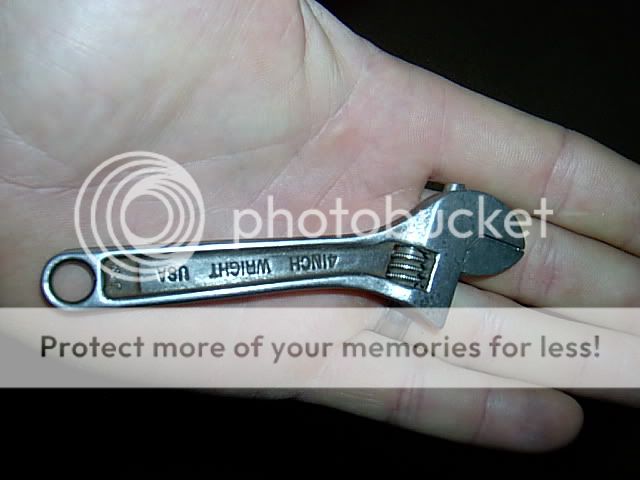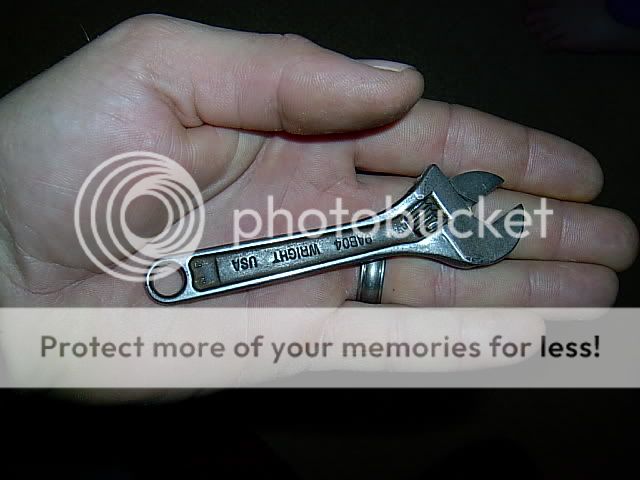OLD CHIPMONK
ArboristSite Guru
I got one of those log-vises from Baileys ! Just drive it in a log, sit down & clamp your bar & file your chain ! A great little, inexpensive tool !












You sharpen square chains different than round ones don't you? Can you still use a round file?
most of the time I just sharpen with a stump vise in the woods, or use a bench vise in the shop with the saw attached. But when I'm in a hurry in the field I just pop the dull one off and throw on a sharp one. :








You sharpen square chains different than round ones don't you? Can you still use a round file?
You need to be a little more precise with your question.
Many people refer to chisel-tooth chain as "square chain", but it can be sharpened either "square ground" or "round ground". Unless I am mistaken, only chisel tooth chain is routinely sharpened "square ground".
It might help you to understand that there are other shapes of cutters commonly used: semi-chisel, chipper, chamfer chisel, micro-chisel, etc.; each with their own advantages.
Here are some references to hand filing:
Square filing instructions: http://www.oregonchain.com/tech/ms_manual/ms_06.pdf
Round filing specifications for different chains: http://www.oregonchain.com/tech/ms_manual/ms_04.pdf
Well if you rock one out and have a fair bit to take off it is a lot easier to do it in a dead solid chain vise. If you are square filing it is a lot easier too. When I am bucking up skidded wood I often have to sharpen every ten minutes, sometimes sooner, and I dont take the chain off for that, but if you have a loose chain it is nice to rinse them off of oil to save your files. For precise sharpening it is easier if the tooth is not flopping around on the bar but locked solid to take its licks!


the side of a square file. If you use a round one, be prepared to work for the edge. you're going to have to cut a lot of metal.
Here's a trick I learned from an old timer... Get a small 'pocket' adjustable wrench... Set it to the shortest tooth filed, and use it to gauge the rest of the teeth. It works really good.

Great idea. I have been using the heads of my screwdrivers picking the 1 with blade width closest to cutter length I aim for. I think I'll like the wrench better.
As far as a new chain being faster then a sharpened 1 that happens because not everyone sharpens equally well and most often when you pay for a sharpening they don't put the time in it to do as well as it could be sharpened. Some just don't know how to get the best edge. If it cuts and makes some chips that seems good enough for many average chainsaw users.
Sometimes I think I spend a little too much time sharpening my chains... The same with my knives... He11, with anything I own that has an edge!! My wife says it's a sickness.
Naw, sharp tools work so much better and faster, easiar ...
